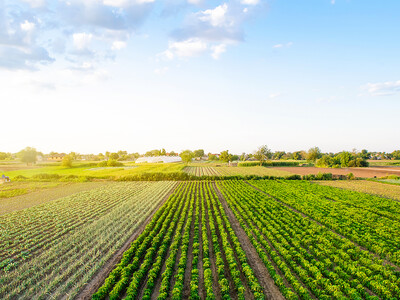Arsenic in Drinking Water
Living in rural areas seems like a dream for so many people. No traffic, cleaner air, the songs of birds all around…what’s the old TV show…Green Acres…is the place to go. That said, danger lurks for those who are living out there “away from it all” and the danger comes in the form of drinking water because of arsenic which can be fatal in drinking water.
After a three-year study, BSU geochemist Shawn Benner made a significant discovery -- for the first time ever, linking the contaminated aquifer with irrigation water. “In urban centers, people get their water from municipalities and they drill deeper wells. Those deeper wells are safer. It’s a rural problem because rural communities often have individual wells on their property and those wells typically are shallower because they’re less expensive and the shallower water has high arsenic in it.”














